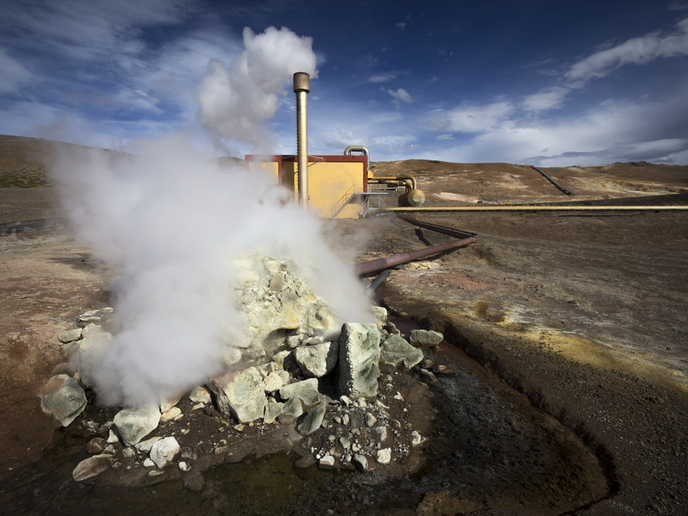Putting oil wells to good use for geothermal energy
Geothermal energy is an enormous yet underused source of renewable energy in Europe. Scientists believe that using geothermal energy can deliver savings of 1 000 million tonnes of CO2 every year. Aiming to boost production of this energy form, the EU-funded MEET project is working to show that enhanced geothermal systems (EGSs) are a viable and sustainable means of electric and thermal power generation in different kinds of geological environments. To this end, the MEET project team recently released the initial results of a field test involving the generation of electricity from oil wells.
The role of wells in geothermal energy production
Wells are usually needed in geothermal installations, but they can be costly to drill. Using existing oil wells for such installations can reduce costs and help promote the use of geothermal energy. Oil wells can either be converted solely for geothermal production or they can be used to co-produce oil and heat. In mature oil fields, the oil produced is accompanied by a lot of hot brine. Once gravity has taken care of separating the oil and brine at the surface, the hot brine is normally reinjected into the reservoir. However, if the heat is extracted before the brine’s reinjection, then it can be used for heating or electricity production. The MEET team’s recently released results concern a small-scale organic Rankine cycle (ORC) test unit that generates electricity from an oil well in the Chaunoy oil field in the Paris Basin, France. Operated by project partner Vermilion, the Chaunoy field is a mature oil field that produces over 95 % water from 32 wells. The well chosen for the geothermal electricity production pilot was CNY40. According to a newsletter published on the project website, the well produces 500 m3 of fluid per day at 92 °C, of which 490 m3 are brine and 10 m3 are oil. Project partner “ENOGIA’s electricity turbine … is quite easily installed on the flowline that transport[s] oil, gas and water from the wellhead to the manifold,” the newsletter states. “Two flexible hoses bypass the production flowline and allow fluid inflow and outflow to the turbine.” A thermodynamic motor cycle principle is followed: “The produced fluid temperature is used to heat up and boil a different fluid at high pressure, called the working fluid. This vapor is depressurized to produce mechanical work, which is ultimately transformed into electricity thanks to an alternator. The produced fluid is returned to the production line at a slightly lower temperature.”
Initial field test results
A study of the gross power the ORC turbine produced in CNY40 in June 2020 showed that power output is cyclical. This is because it depends on the ambient air temperature, which is colder at night than during the day. Additionally, turbine performance improved when some of the working fluid was removed at the end of June. In early September, the turbine recorded an average gross power output of 15 kW and an average net power output of 7 kW. MEET (Multidisciplinary and multi-context demonstration of EGS exploration and Exploitation Techniques and potentials) aims to take advantage of the low-temperature (60-90 °C) fluids of EGS plants and oil wells to demonstrate that low-cost, small-scale electricity and heat production is achievable on a wider scale. The project ends in October 2021. For more information, please see: MEET project website
Keywords
MEET, oil, geothermal, electricity, well, enhanced geothermal system



